Disclosure: We may get commissions for purchases made through links in this post.
Edging is very important to your pavement. Aside from giving it a finished look, it helps extend the life of your hardscape. If asphalt is your material of choice for your driveway, this article is for you. We've asked our experts if asphalt needs edging and here's what they have to say.
Asphalt needs edging because its manner of installation doesn't use any forms that would support it and give it a straight and even finish. Edging will help take off the pressure on the asphalt surface, clear the driveway path, and improve its appearance.
Continue reading so we can tell you more about why asphalt needs edging and everything else that you need to know about asphalt pavement installation. We'll also share different materials that you can use for the edging of your pavement. Let's get started!

Asphalt Driveway Edging
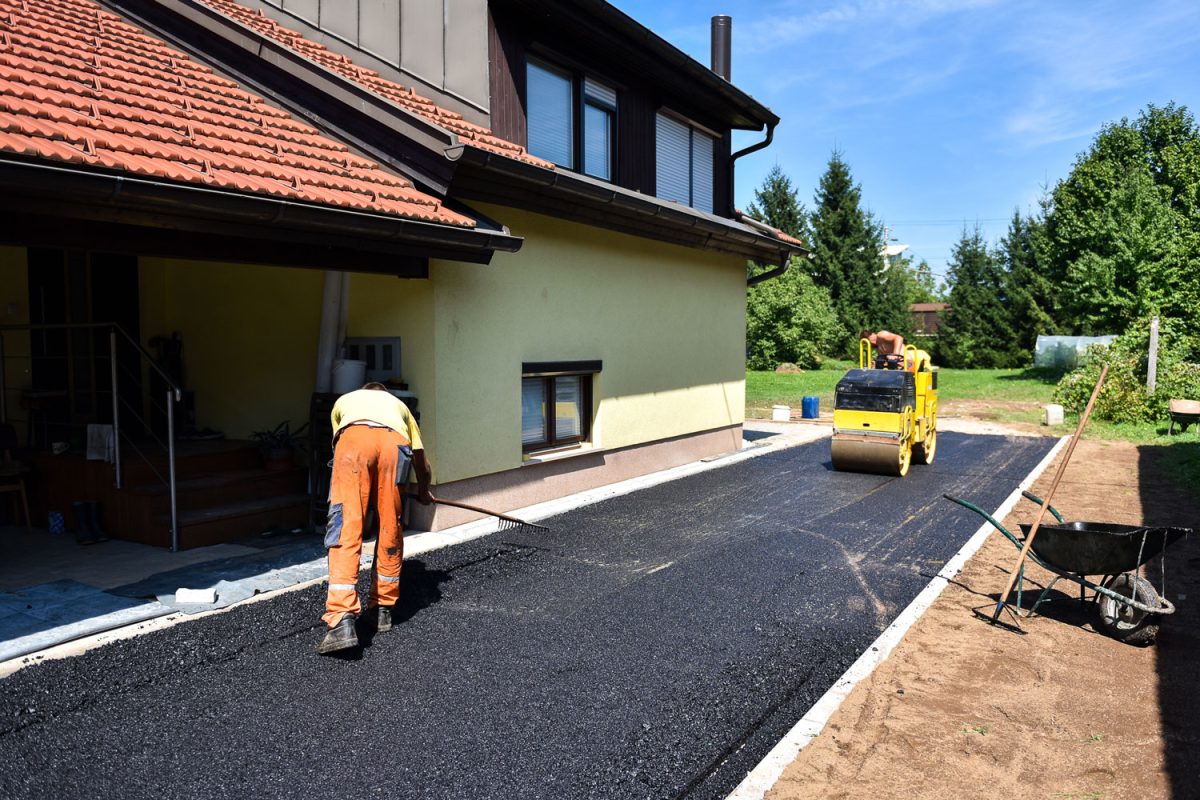
Asphalt is made up of crushed stones and gravel which is more commonly referred to as aggregate. Binders and fillers are also added to the mixture. It consists of different elements such as hydrogen, carbon, and some oxygen, sulfur, and nitrogen.
It is available in different consistencies ranging from viscous liquid to a glassy solid. When subjected to heat, most types of asphalt soften and become elastic to be able to provide the ground coverage needed for the pavement project.
Different types of asphalt
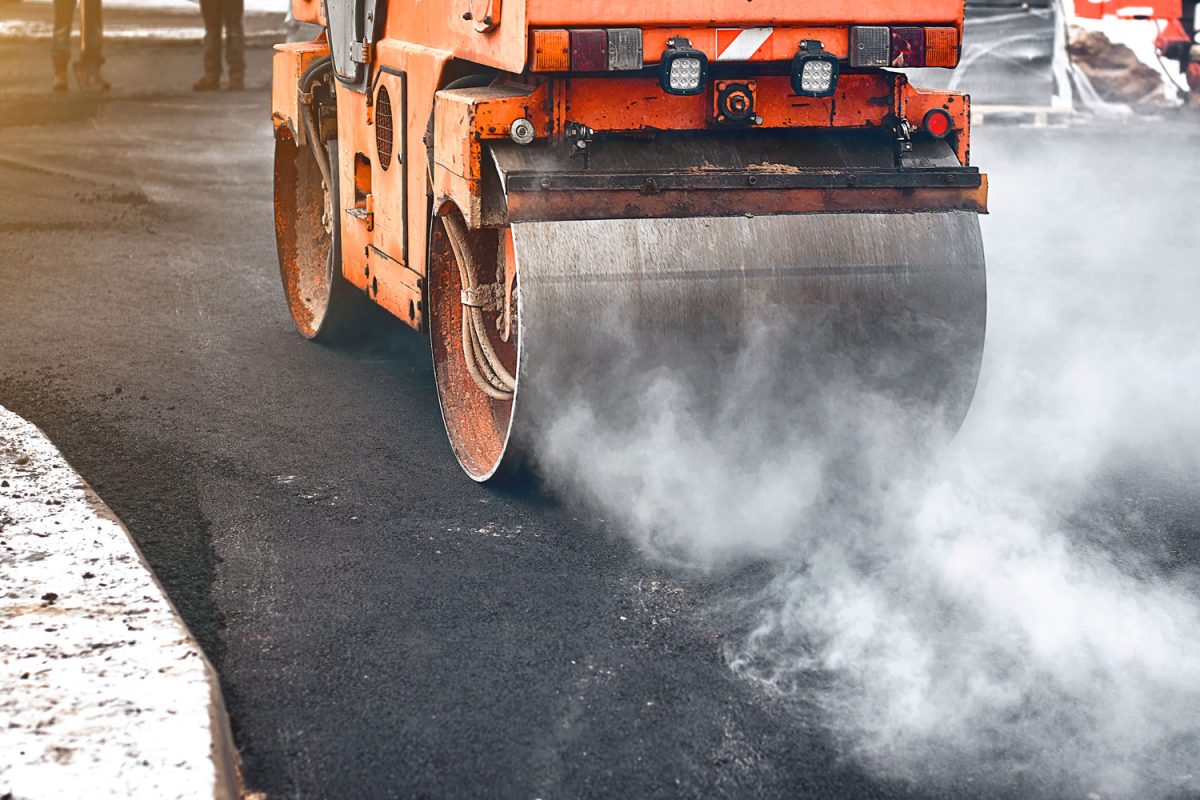
There are three common types of asphalt: hot mix, warm mix, and cold mix.
Hot Mix
Hot mix asphalt consists of 95% aggregate and 5% asphalt cement. It is heated at 300 degrees Fahrenheit before it can be poured on the surface. This is used for roads on highways and interstates. It can withstand extreme temperatures.
Warm Mix
Warm mix asphalt is heated at a lower temperature. To make it easier to spread, emulsions are added to the aggregate and asphalt cement mixture. This type can also be used on highway roads but will perform better on tunnels where it isn't subjected to too much heat from the sun.
Cold Mix
Cold mix doesn't require heat before use, which is why it is the most affordable type of asphalt. It is used in repairing cracks and potholes.
As you can see above, asphalt is a favorite paving material commonly used in roads and highways. This is why they're a popular material for driveways when it comes to residential projects. Aside from being affordable, it creates a smooth and durable surface that can last for years. It is also relatively easy to install and can be used right away after 24 hours.
Asphalt Installation
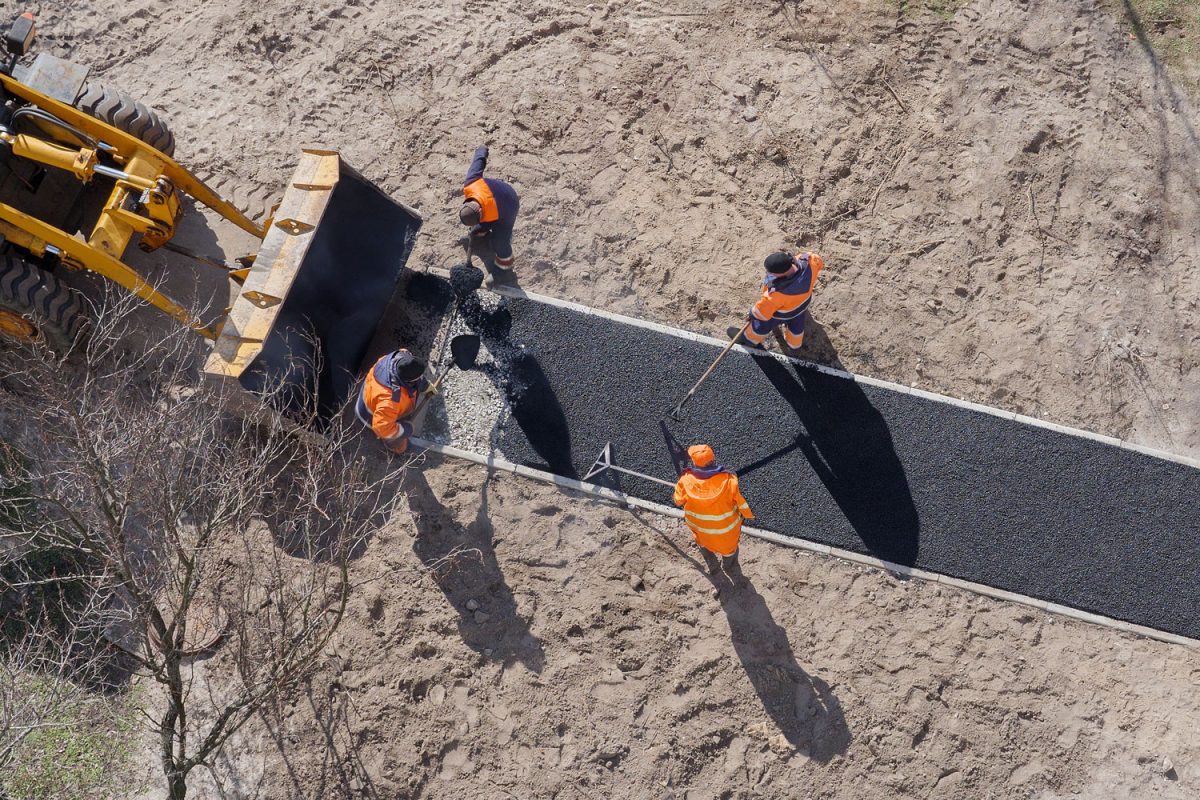
The proper asphalt pavement installation requires several steps. Let's just briefly go over the process.
1. Prepare the site
Remove existing pavement if there's any, then clean the area.
2. Grade the surface
There should be adequate sloping so that water can drain properly.
3. Prepare the sub-base.
This will provide the much-needed support for your pavement. It should be level and compacted to offer a stable base to the asphalt surface.
4. Add the binder
This is made up of aggregate mixed with oil that'll help strengthen the asphalt pavement.
5. Install the asphalt
Fresh asphalt, which is a combination of small aggregate, sand, and oil, is poured on the top layer to provide a smooth surface with a shiny finish.
6. Connect the asphalt surface to the road
If you're using it for your driveway, ensure that there is a smooth transition from the road to your driveway while having the right slope to allow free movement of water.
7. Compact the surface
This will make the asphalt surface level, smoothen, and remove any bumps along the way.
Importance of Edging

Now that we've gone through the installation process, take note that a paving machine or roller truck is used to lay and compact asphalt on top of the previous layers. This is more difficult to control. Unlike concrete installation that uses forms to make the edge straight, there's no support to keep the asphalt in place to make sure that the edges are clean and crisp.
Here are the main reasons why there should be edging on your asphalt pavement.
Nice aesthetics
Without edging, your pavement does not have a clean and professional look. In other words, it's not pleasing to the eyes. Remember, the driveway is a prominent feature of your property. Making it presentable will enhance your curb appeal.
Prevent damage to your pavement
But more than the aesthetics, edging is important as it will remove the stresses from the pavement. This is necessary for the longevity of your asphalt driveway. By taking the pressure away from the surface, it would prevent cracks and damages on the blacktop.
A 45-degree grading along the edges is recommended to achieve this. The slope will transfer the pressure from the asphalt surface to the solid ground below it.
Create a clear path
Without edging, vehicles might also find their way to other parts of your outdoor area. This may damage your landscaping. When you put a proper edging, cars can stick to the driveway leading them inside or outside of your property.
Edge your asphalt so you can help enhance its durability, prevent damage to other parts of your landscaping, and improve the look of your pavement.
How do I protect my asphalt driveway edges?
Pavement installation is an expensive investment for your home. That's why it's best to give it the protection that it needs so your investment won't go to waste.
The good news is that there are other pavement materials that you can use to protect the edges of your asphalt driveway. Here are just a few of them:
Topsoil
You can add topsoil to the adjacent part of the yard so that your outdoor area is level. This way, the driveway won't stick out like an elevated portion of your yard. This will make everything look cohesive.
Stone or Belgian Blocks
These are rectangular blocks that you can put on the edges of your asphalt driveway. They are available in different sizes and colors to suit your preferences. You would need to dig about eight inches deep around the perimeter to be able to install these blocks properly.
Check out these stepping stones on Amazon.
Brick and Paver Edging
You can lay these pavers side by side, end to end, or in a different pattern that would enhance the look of your driveway. It'll also provide a color contrast to make your pavement stand out and differentiate it from the rest of your outdoor area.
Timber Edging
You can use treated wood that won't rot or easily give in to pressure. This will give your driveway and landscape a more natural feel. You can stack the timbers together to define the border of your driveway.
Click this link to find this hardwood pathway on Amazon.
These are just some of the materials that you can put around the perimeter of your asphalt driveway to give it proper edging.
Final Thoughts
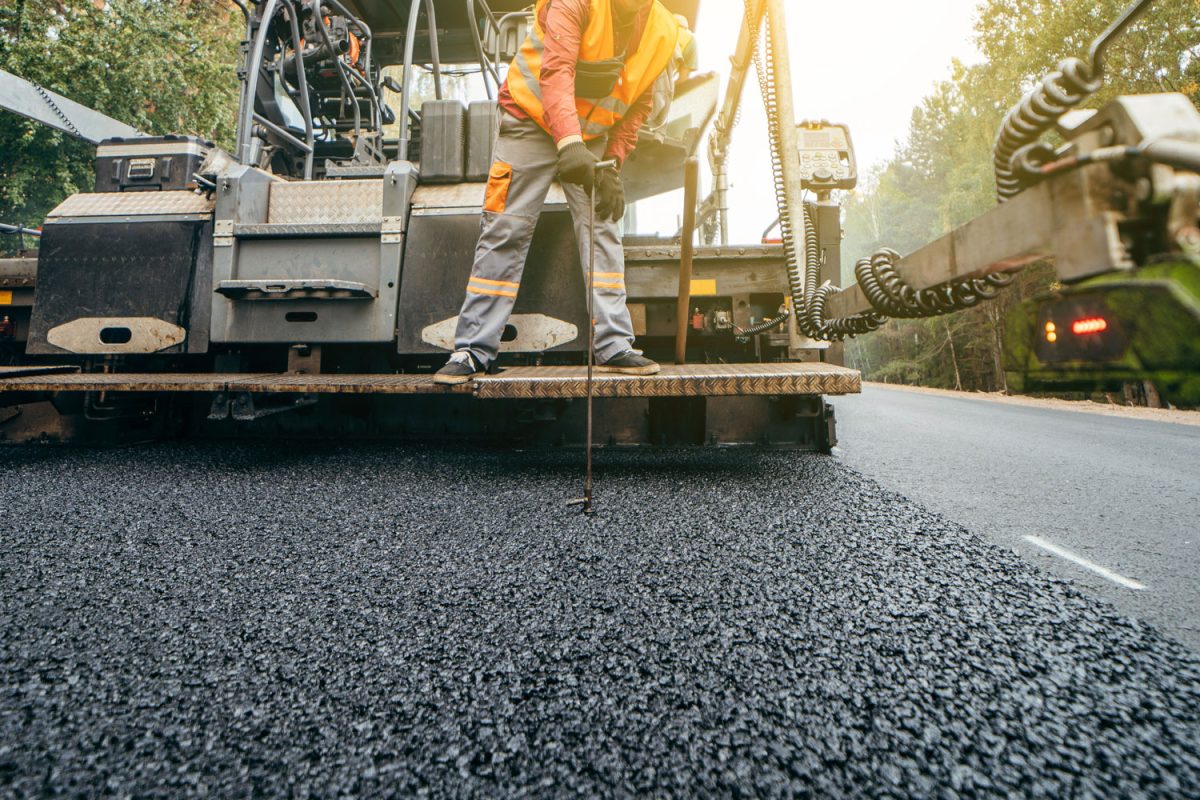
You should protect your asphalt driveway from cracking and damage by putting an edging around its perimeter. This will help ease the pressure on the pavement, make the driveway stand out, and improve its look so that you can get the most out of your investment.
To read more about asphalt, you may visit the following links:



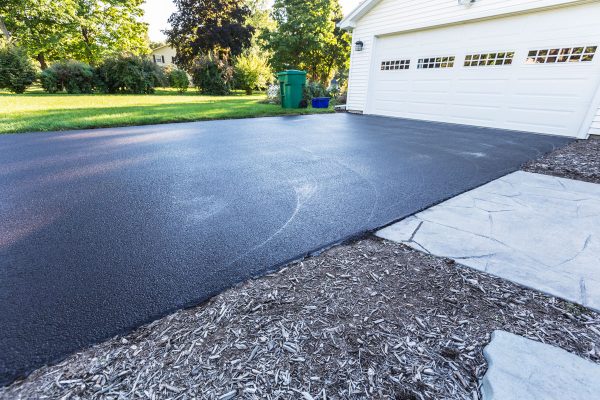
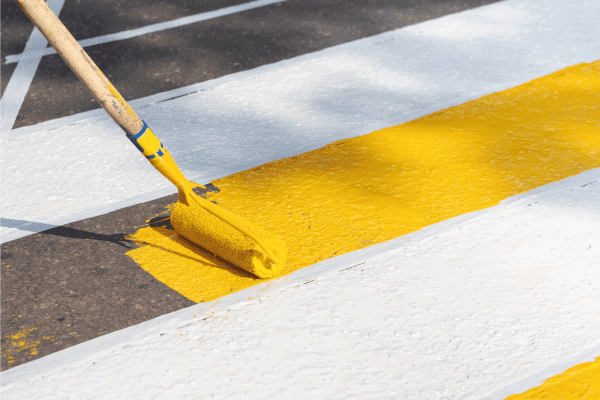
![Two manual workers helping to level the asphalt surface for a steamroller to press, Types Of Asphalt [And How To Choose For Your Driveway Or Walkway]](https://pavingplatform.com/wp-content/uploads/2022/03/Two-manual-workers-helping-to-level-the-asphalt-surface-for-a-steamroller-to-press-600x400.jpg)